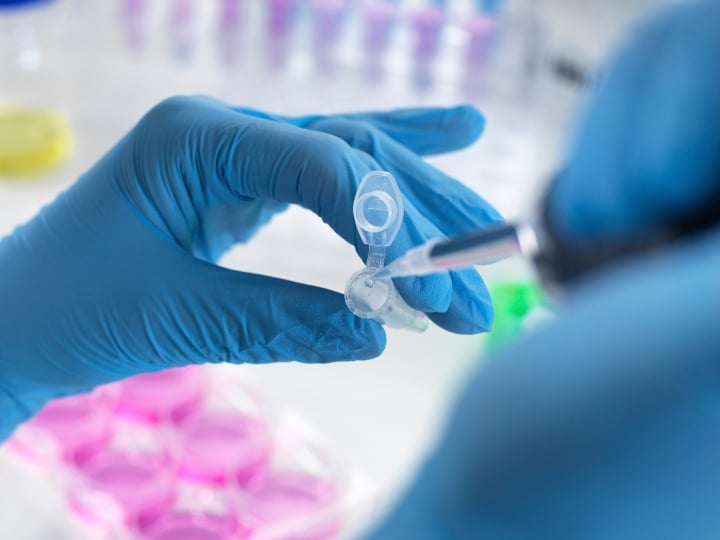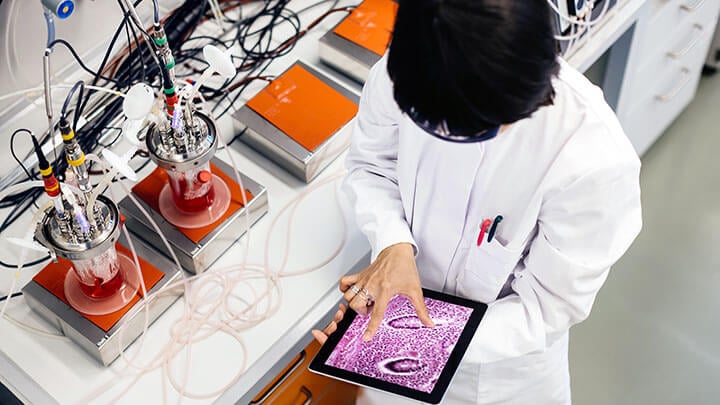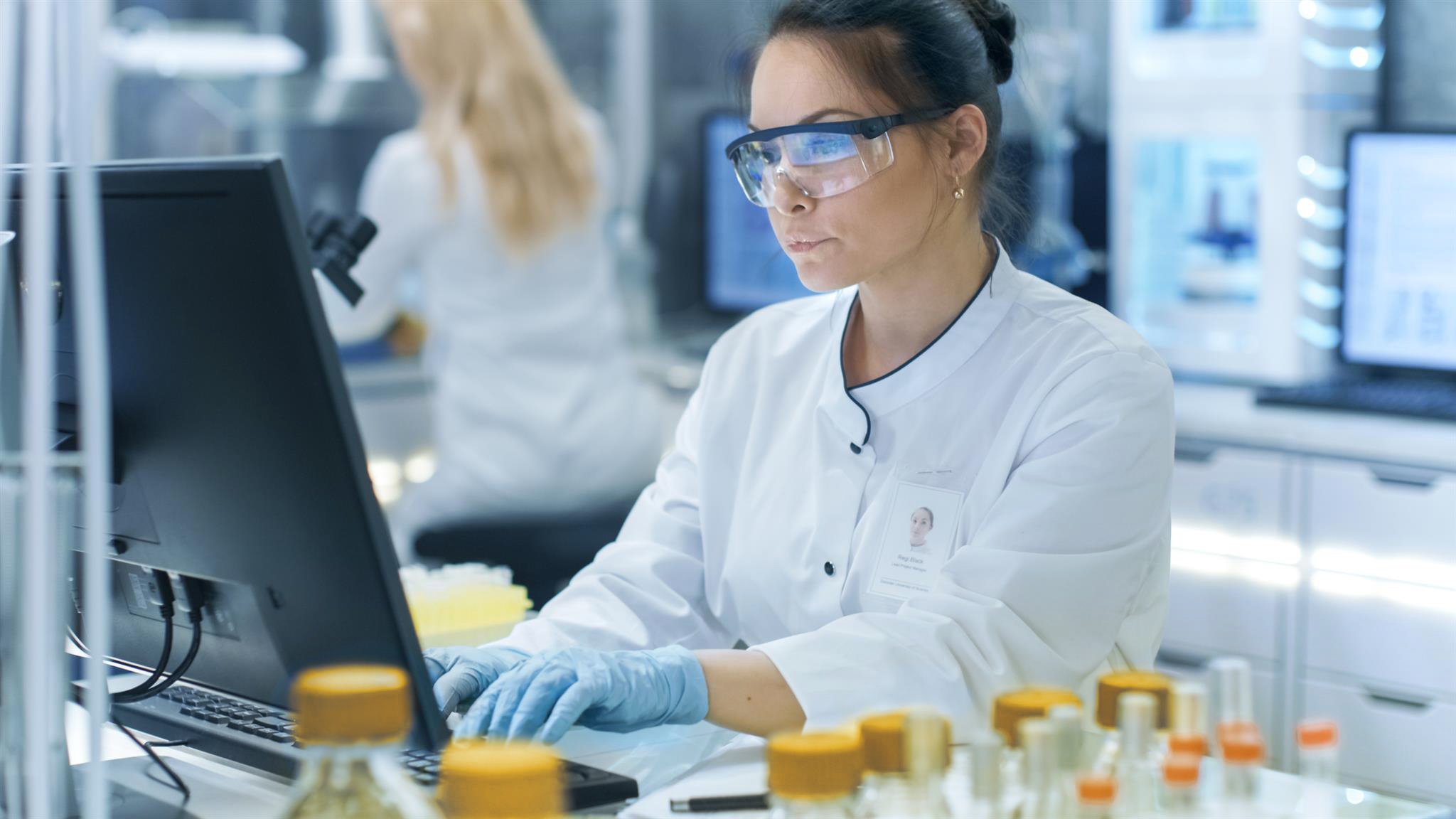Microscopy of thermal processes involves analysis of chemicals, materials and products under changing temperatures in order to certify product integrity
Microscopy of thermal processes involves strict and unpredictable challenges in regard to behaviour. For example, a microstructure that performs well at room temperature can change and cause catastrophic processing problems below freezing or at elevated temperatures. Such materials often have a "thermal history" locked into them from previous processing operations and the control of this history can be quite crucial to product performance.
Intertek microscopy experts have extensive thermal and materials science experience. We understand the thermal processes that control microstructures and ultimately how these microstructures influence product properties.
The combination of thermal analysis and digital time-lapse imaging provides research scientists and process engineers with a valuable insight into the structure and property changes they must control in order to produce successful products.
Hot and Cold stage microscopy plays a crucial role in investigating the ways in which structure and property relationships depend on variations in temperature. This procedure includes the benefits of Confocal Laser Scanning Microscopy for phase distribution studies and Polarised Light Microscopy for the assessment of crystallization processes.
Intertek's microscopy team closely works with our thermal analysis team. This integrated approach allows customers to access broad micro-thermal processing capabilities which bring improvements in the processing of foodstuffs, engineering plastics, films, adhesives, specialty chemicals and many other products.
If transition information such as melts, glass transitions, phase changes or curing is required Intertek can provide comprehensive Differential Scanning Calorimetry (DSC) analysis and Thermogravimetric analysis.
Examples of microscopy applied with thermal analysis
- Identification of crucial parameters driving the crystallisation of hot-melt adhesive systems
- Thermal characteristics of "contaminant" gels leading to identification of root causes and reduction of gel particles in polymer fibres
- Investigations into moulding defects caused by inhomogeneous polymer cross contamination and its influence on melt-out properties
- Determination of ice crystal growth rates in food products and the influence of this on texture
- Micro-analysis: determining individual particle melting point characteristics as a problem-solving tool
- Characterisation of freeze, cloud point and crystallisation processes in fluids and the effect of crystal habit modifiers on crystal formation
Applications of thermal microscopy techniques:
- Determination of purity
- Analysis of mixtures
- Investigations into polymorphic transformations
- Rates of crystal and crystal-front growth
- Crystal morphology and crystal habit changes
- Decomposition and degradation processes
- Formation of physical defects such as bubbles, shrinkage cracks and inhomogeneity
- Recrystallisation processes from solution or melt
- Flocculation, or phase dispersion changes
- Thermal history studies on degraded material
- Gel formation and dissolution processes
Microscopy and Thermal Analysis Services:



